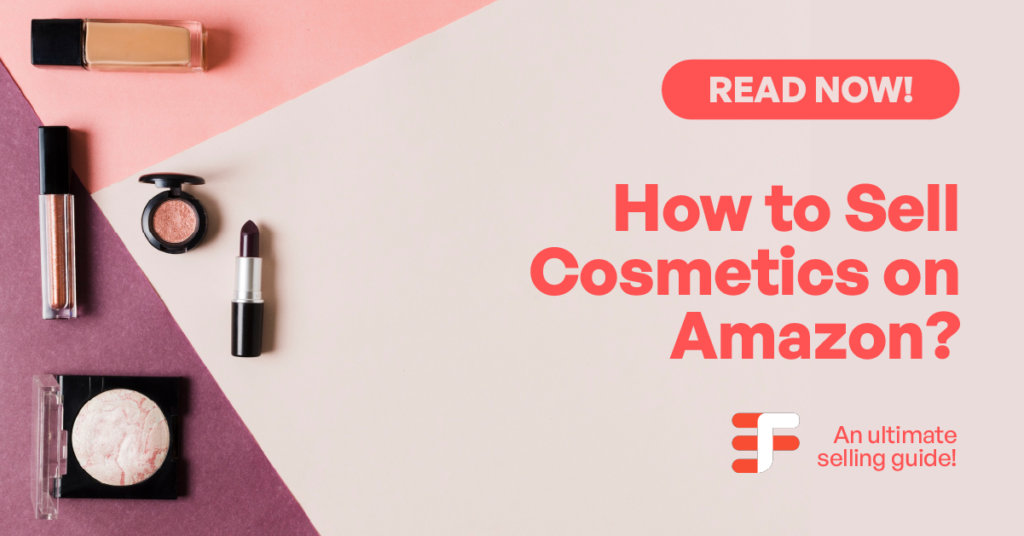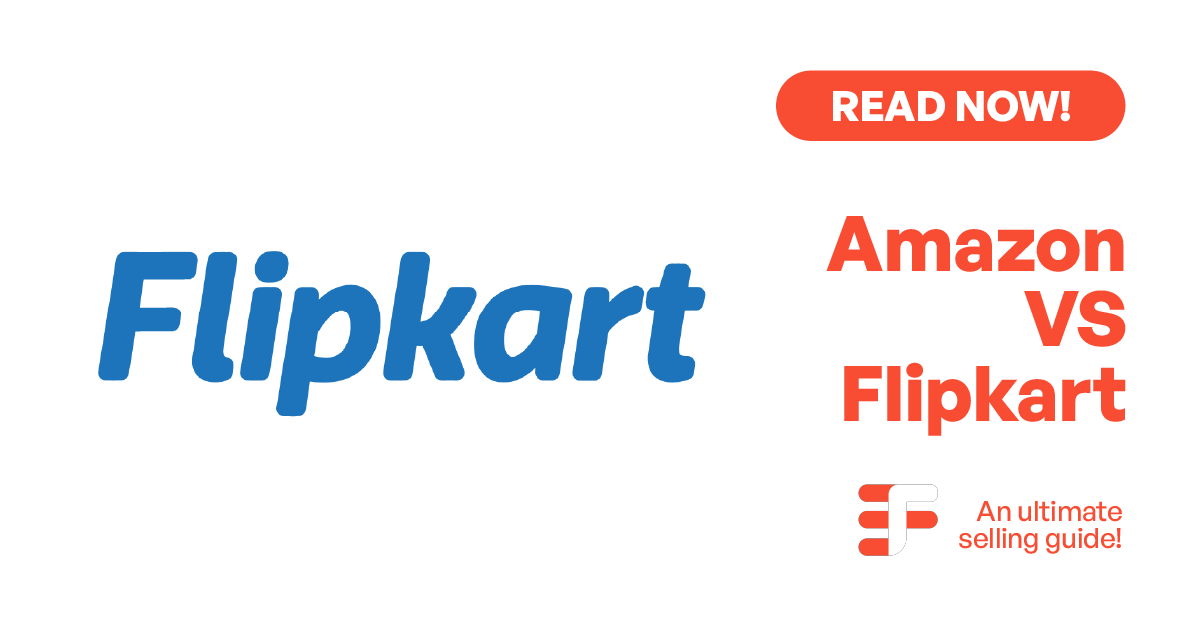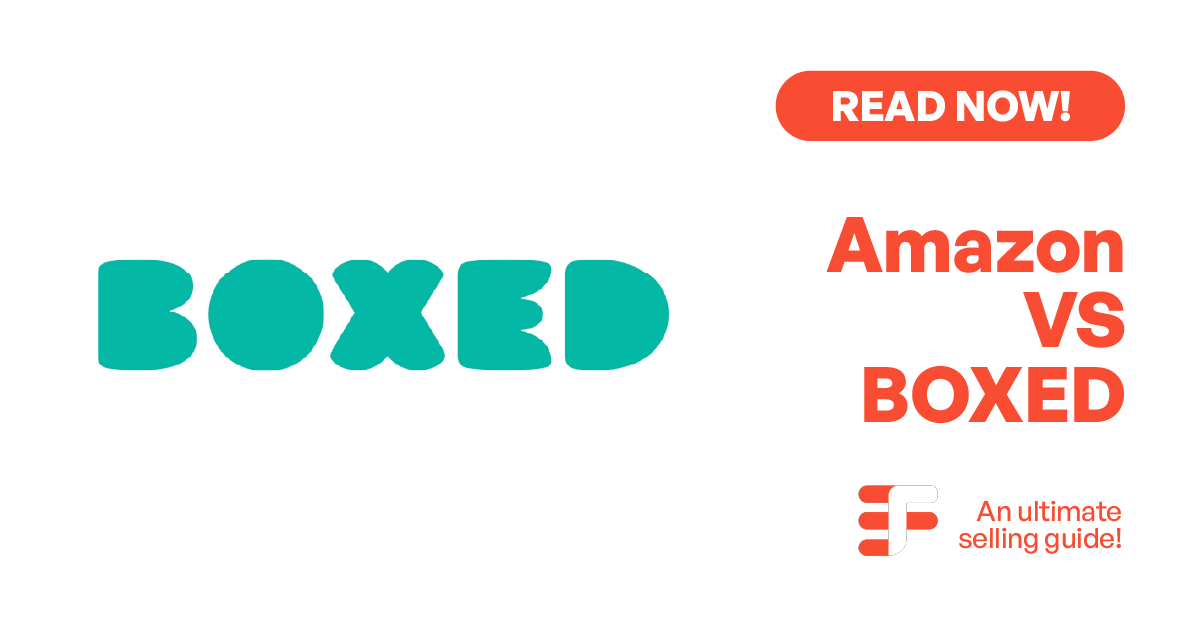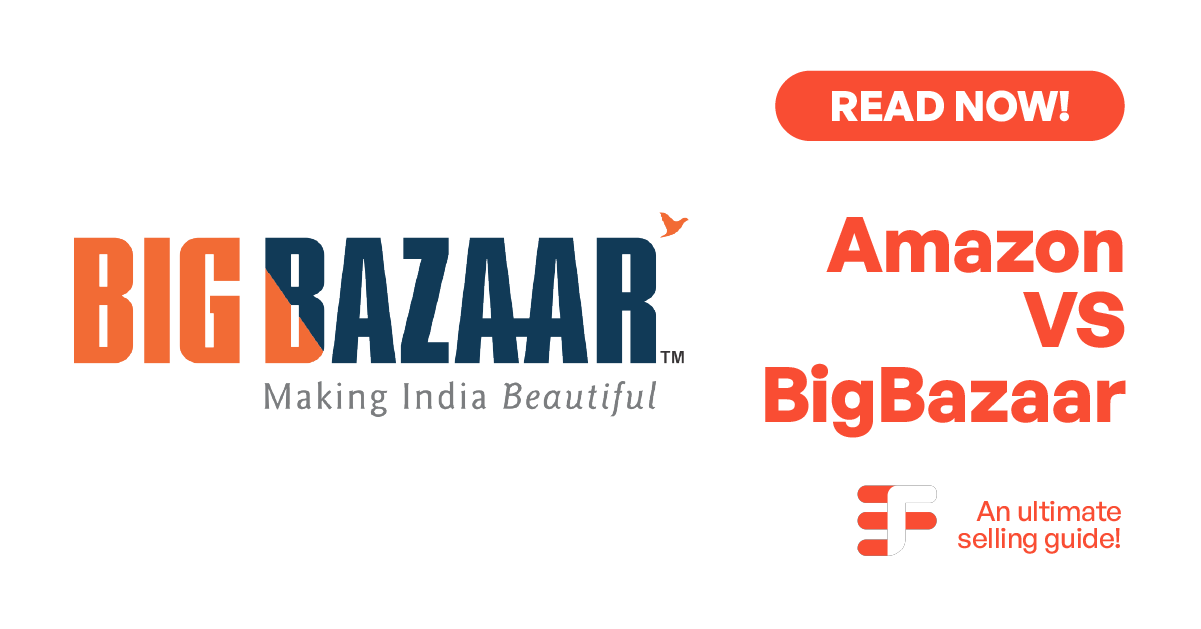Table of Contents
TogglePotential Of Selling Cosmetics On Amazon
The cosmetics market in the United States presents significant potential for sellers, especially with the growing trend of online shopping. According to Statista, the U.S. cosmetics market was valued at approximately $20.13 billion and is expected to continue growing, driven by factors such as increased consumer awareness about beauty and personal care products, the rise of social media influencers, and a shift toward natural and organic ingredients.
Selling cosmetics on Amazon specifically can amplify this potential. Amazon is the largest e-commerce platform in the U.S., with over 200 million Prime members and millions of daily visitors. By listing cosmetics on Amazon, sellers gain access to a vast customer base, benefit from Amazon’s trusted reputation, and utilize its powerful logistics network, which can lead to increased sales.
Amazon also provides detailed analytics and marketing tools like Amazon Sponsored Products, which boosts visibility through targeted ads. Sellers can use these insights to optimize their product listings and enhance their conversion rates. Successful brands often focus on optimizing their listings with high-quality images, compelling product descriptions, and incorporating customer reviews, which play a crucial role in buying decisions.
Products classified as beauty items on Amazon
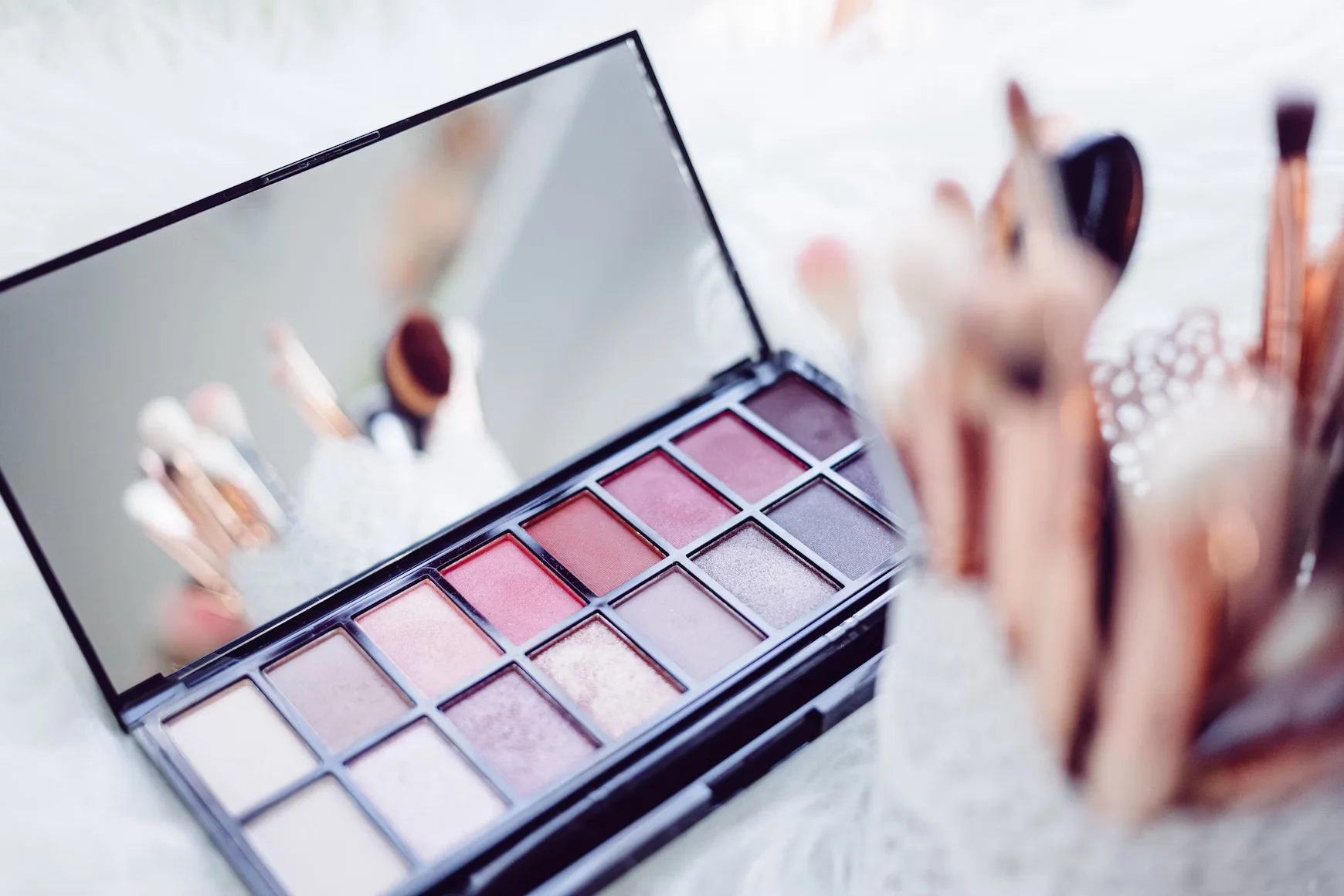
Amazon has a wide range of beauty products, divided into several categories to make it easy for customers to find what they need. Here are some key types of products classified as beauty items on the platform:
Skincare
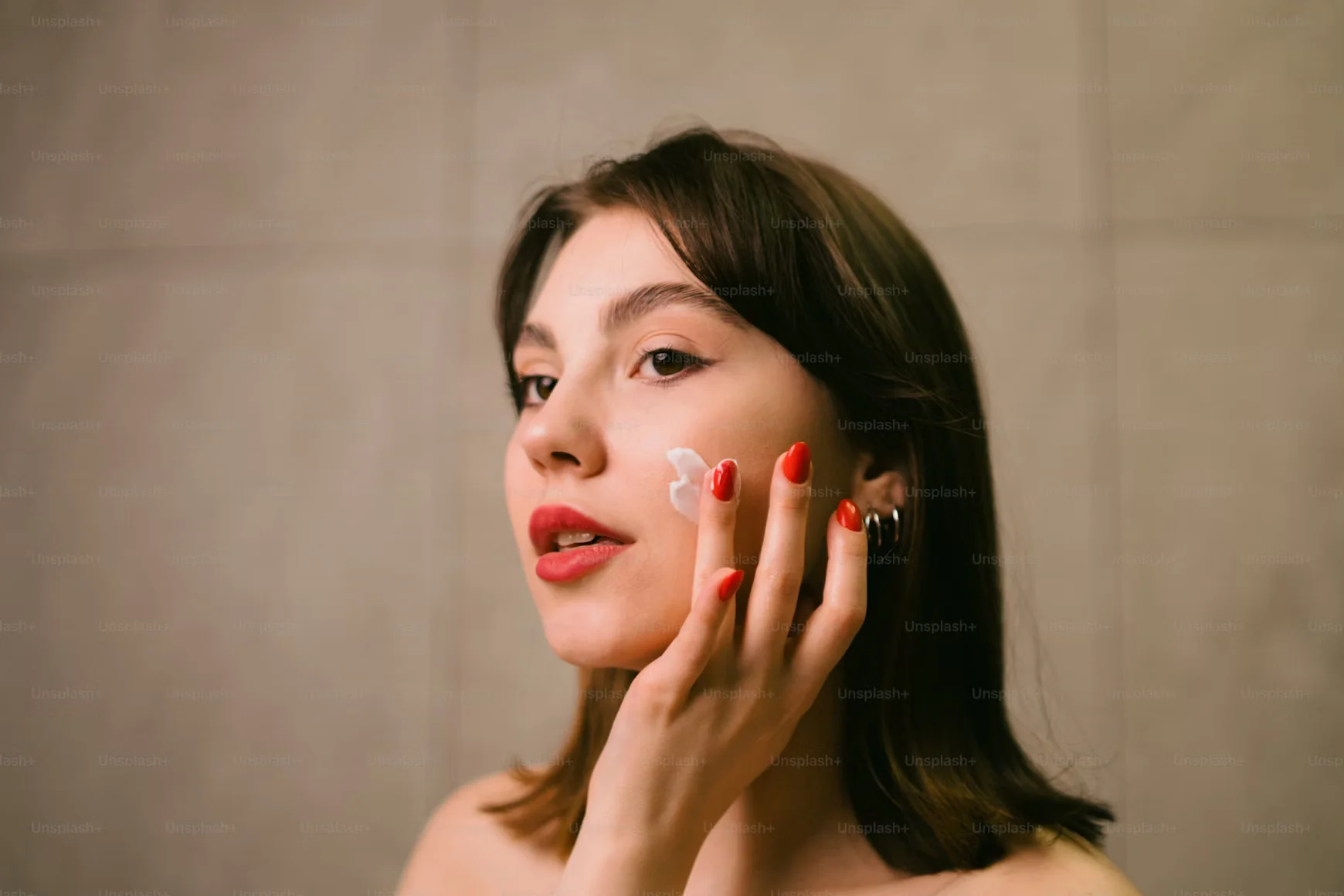
Skincare products are designed to cleanse, moisturize, and enhance skin health and appearance. Facial cleansers remove impurities, dirt, and makeup, creating a fresh canvas for the skin. Moisturizers hydrate and protect the skin from environmental damage, preventing dryness. Serums contain concentrated ingredients that target specific concerns like wrinkles, pigmentation, or hydration, while face masks offer intensive treatments.
Cost: $10 – $50
Profit: 50-70%.
Product Example: Neutrogena Hydro Boost Water Gel ($15).
Makeup
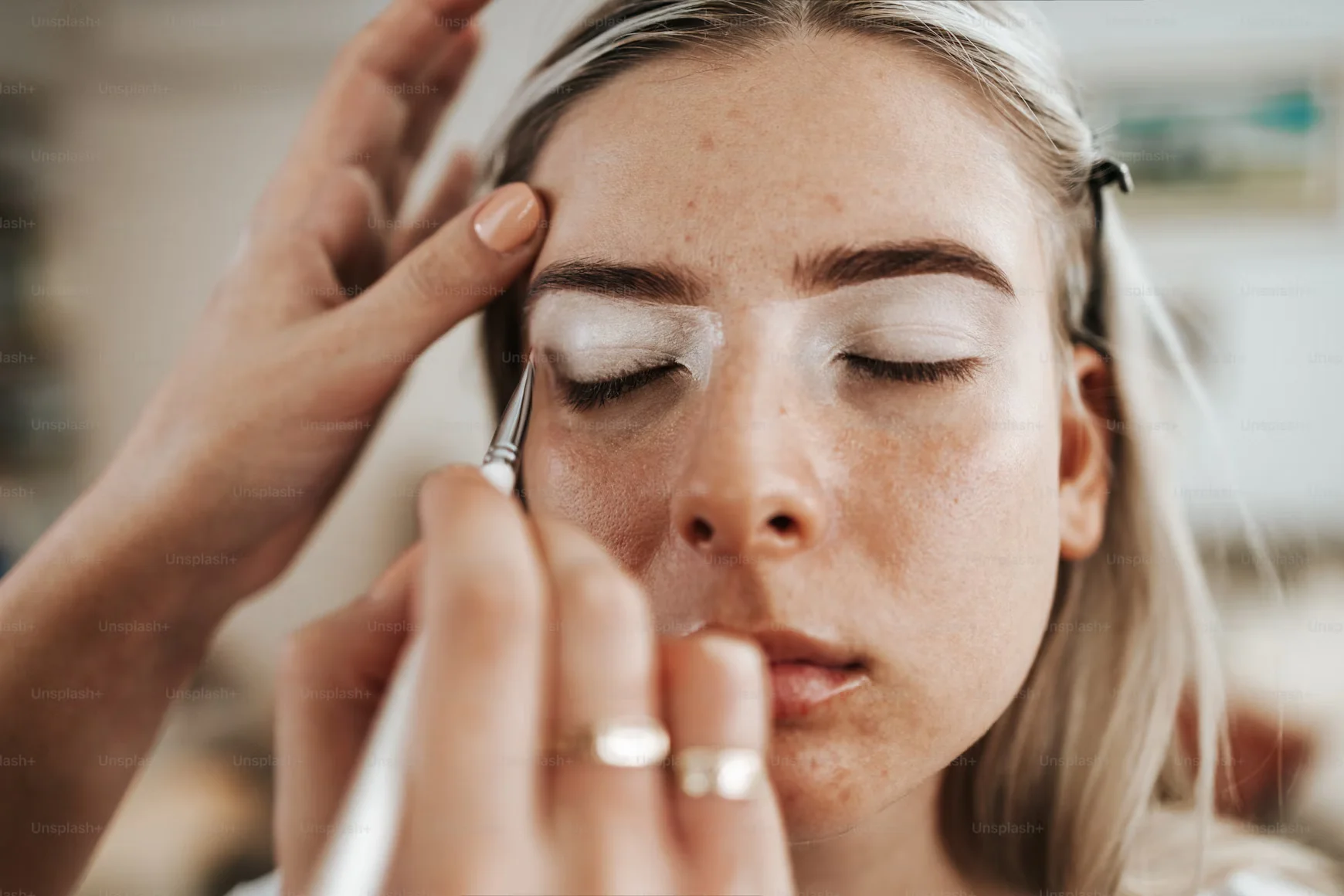
Makeup products are designed to enhance facial features and improve overall appearance. Foundations provide coverage and create an even skin tone, while lipsticks and blushes add color and vibrancy to the face. Mascaras accentuate eyelashes, and eyeshadows allow for creative expression with a plethora of shades and finishes available. Makeup is one of the largest subcategories, with a wide variety of options to suit different preferences and skin types, driving its popularity.
Cost: $5 – $60
Profit: 40-60%,
Product Example: Maybelline Fit Me Matte + Poreless Foundation ($8).
Hair Care
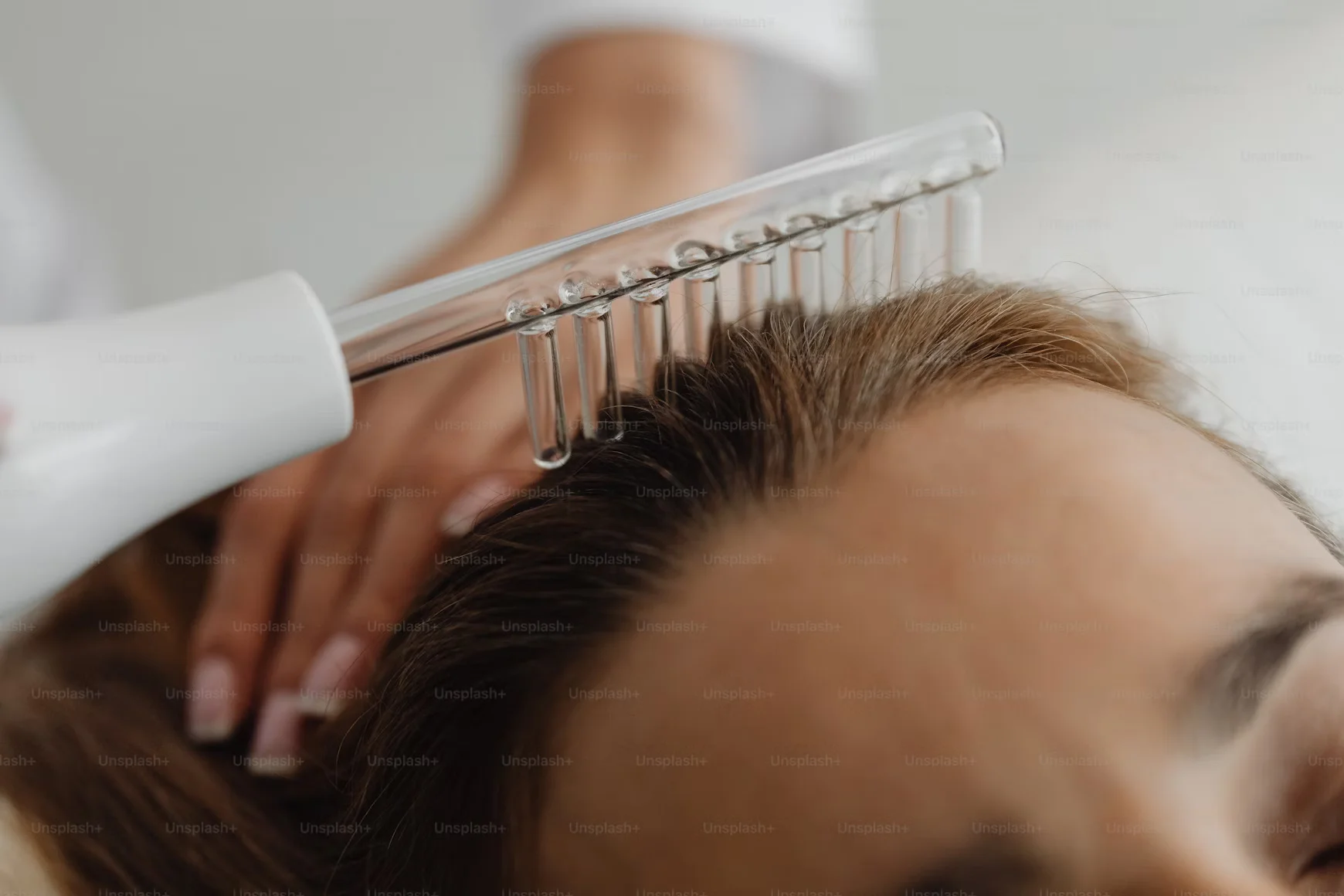
Hair care products are essential for maintaining and improving hair health. Shampoos cleanse the scalp and hair of dirt and oils, while conditioners provide moisture and manageability, preventing tangles and dryness. Hair oils and masks nourish and repair damaged strands, promoting shine and softness. Additionally, styling tools such as hair straighteners and curling irons help achieve various styles, and treatments for hair growth and protection are also available to address common hair concerns.
Cost: $8 – $50
Profit: 45-65%.
Product Example: Olaplex No. 3 Hair Perfector ($28).
Fragrances
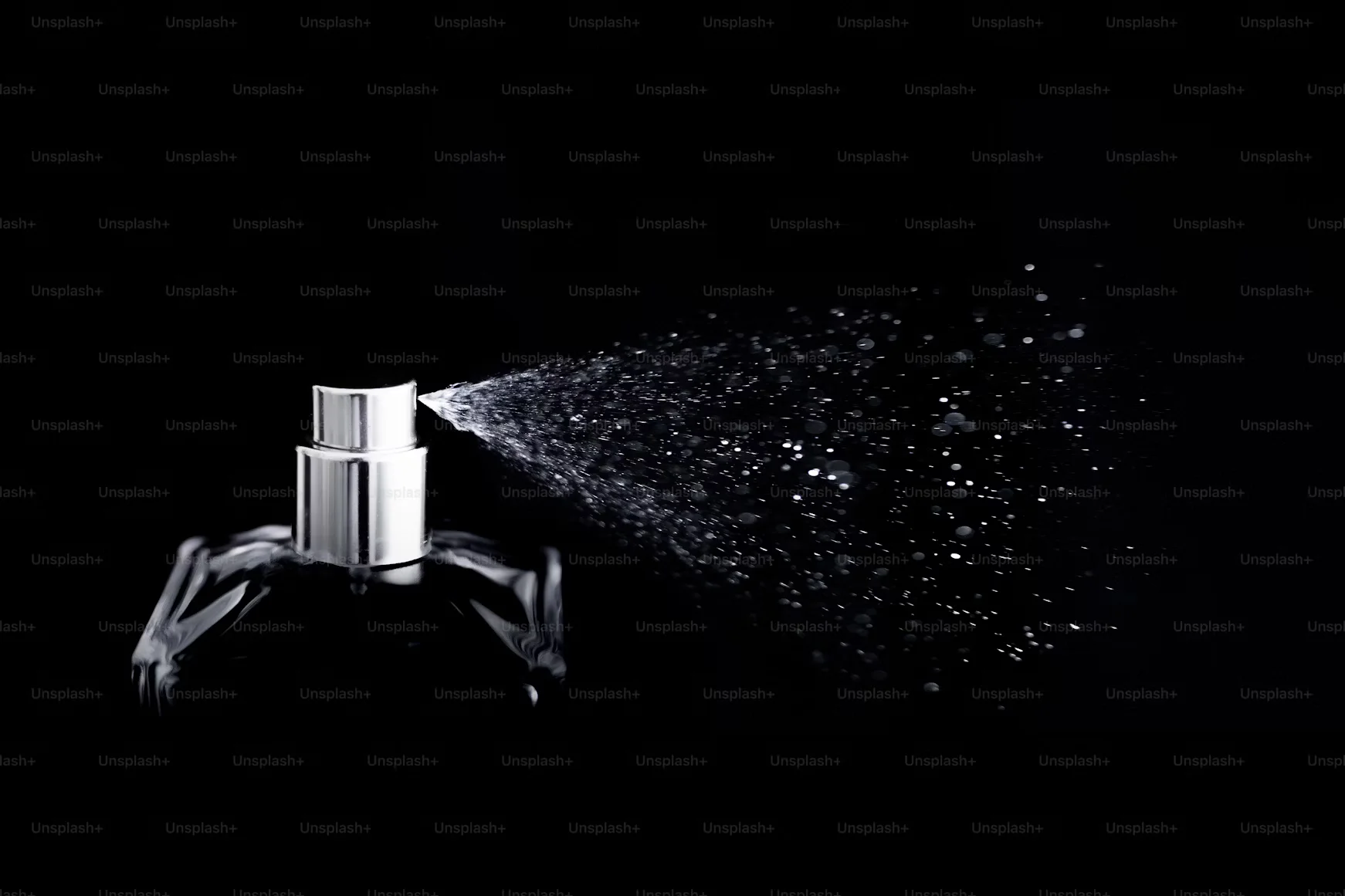
Fragrances encompass perfumes and colognes designed for both men and women, with a wide range of scents available to suit different preferences. Perfumes tend to have a higher concentration of fragrance oils, resulting in a longer-lasting scent, while colognes are typically lighter and more subtle. The fragrance market ranges from affordable options to luxury designer fragrances, catering to various budgets and tastes.
Cost: $20 – $300 depending on brand and concentration.
Profit: 60-80%.
Product Example: Chanel No. 5 Eau de Parfum ($130).
Nail Care
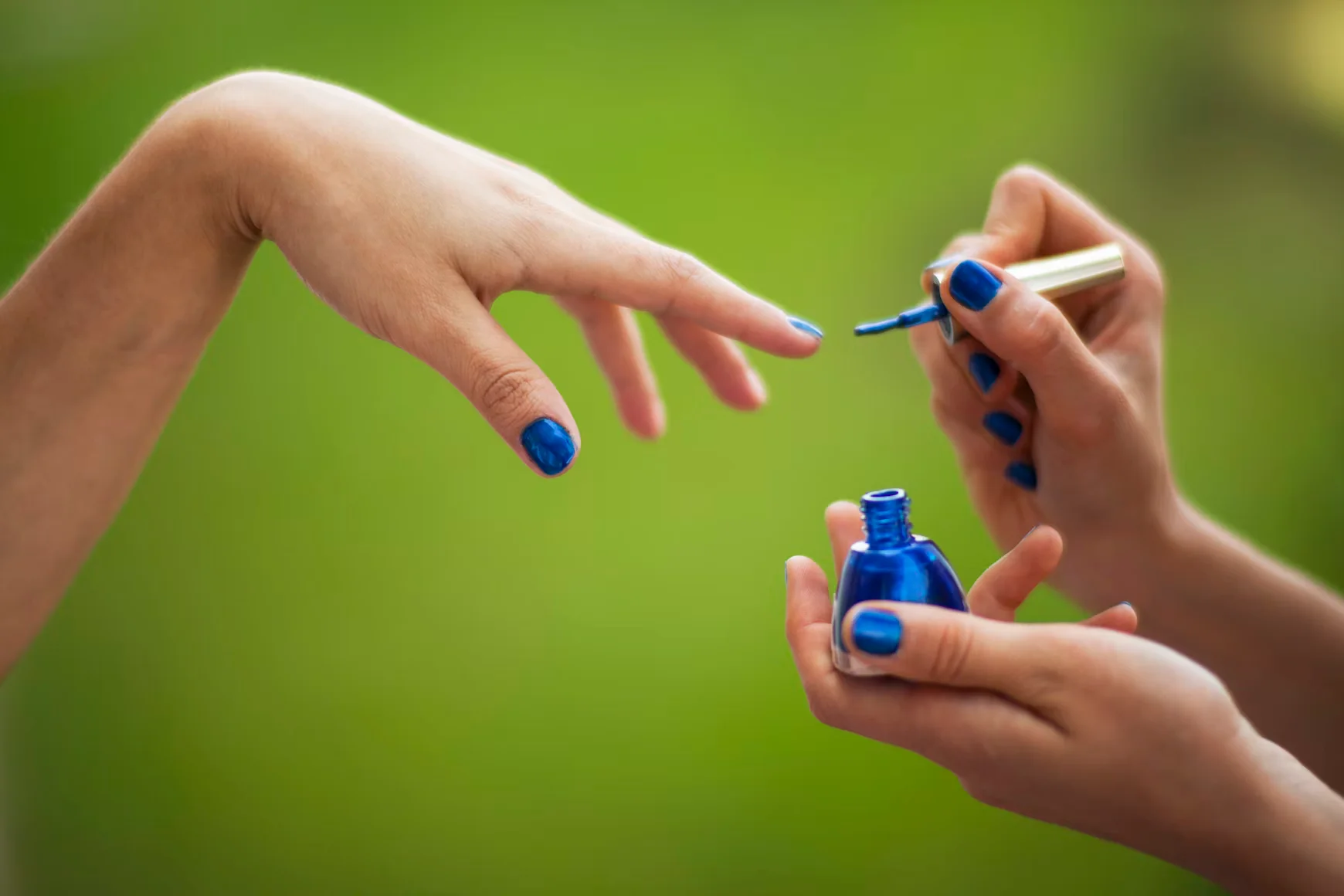
Nail care includes a variety of products aimed at maintaining and beautifying nails. Nail polishes come in an array of colors and finishes, while nail care kits provide tools for at-home manicures and pedicures. Cuticle oils nourish and protect the nail bed, promoting healthy nail growth. Additionally, gel polish sets and acrylic nail kits are popular for those seeking longer-lasting and more durable nail enhancements.
Cost: $5 – $50
Profit: 40-60%.
Product Example: OPI Nail Lacquer ($10).
Personal Care
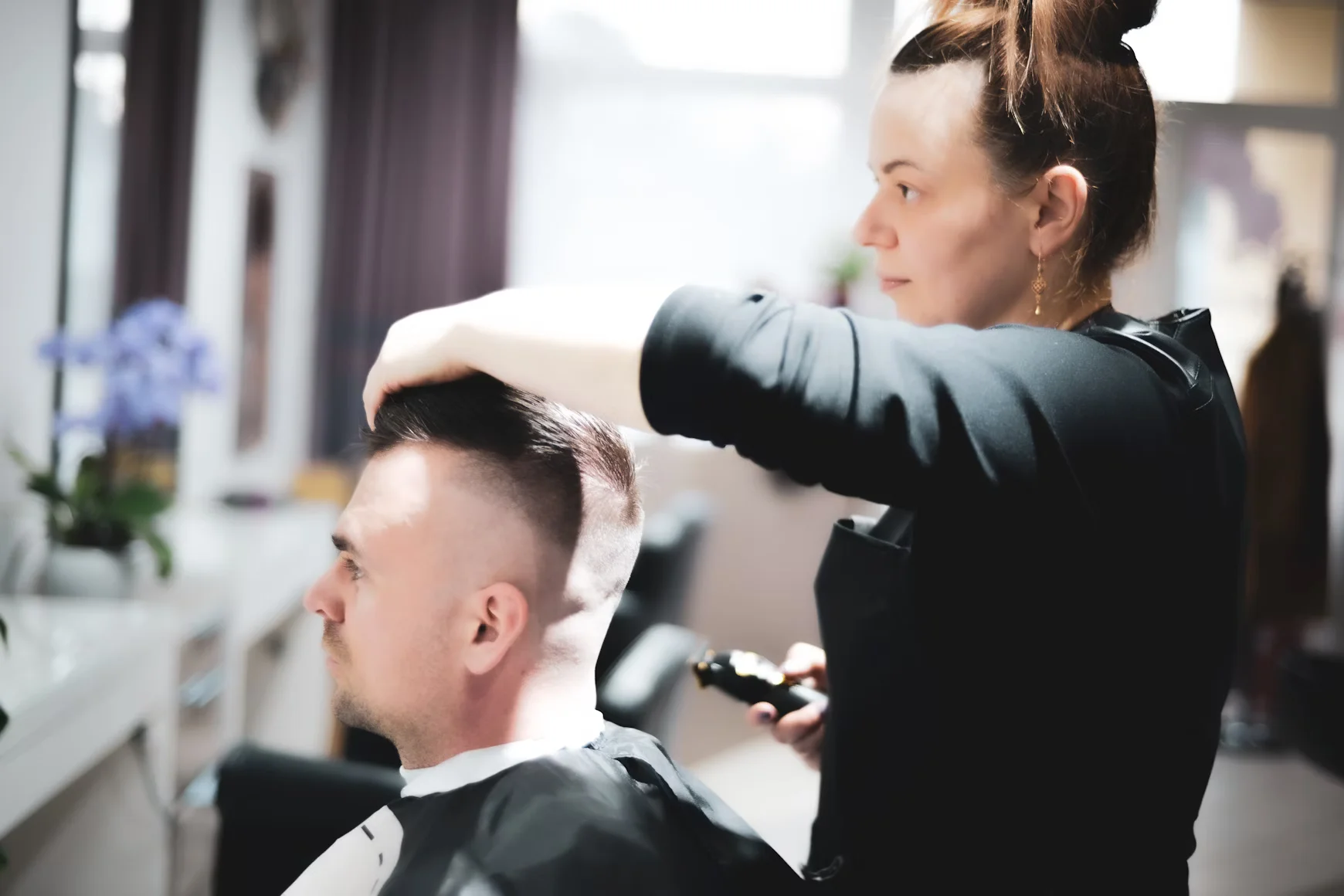
Personal care products encompass a broad range of items essential for daily hygiene and body care. This includes body lotions that moisturize the skin, deodorants that prevent body odor, and bath soaps that cleanse the skin. Oral care products, such as toothpaste and mouthwash, also fall under this category, contributing to overall wellness. Personal care items overlap with beauty essentials, as they focus on enhancing personal hygiene and comfort.
Cost: $5 – $30
Profit: 35-55%.
Product Example: Dove Deep Moisture Body Wash ($8).
Sourcing Quality Cosmetics for Your Amazon Store
Sourcing refers to the process of finding and obtaining products to sell in your store. When it comes to cosmetics, sourcing involves selecting high-quality products that meet customer demand and comply with safety regulations. This is crucial because selling low-quality cosmetics can result in bad reviews and even penalties from Amazon.
How to Source Quality Cosmetics:
- Manufacturers and Wholesalers: One of the most common ways to source cosmetics is by partnering directly with manufacturers or wholesalers. You can find these suppliers through online platforms like Alibaba or trade shows. Buying in bulk usually gives you better pricing, and building relationships with reputable suppliers can ensure consistent product quality.
- Private Labeling: Many Amazon sellers opt for private labeling, which means you partner with a manufacturer to produce cosmetics under your own brand. This gives you control over the product’s ingredients, packaging, and branding. It also allows you to create unique products tailored to your target audience.
- Local Suppliers: Another option is to source from local suppliers who produce eco-friendly or organic cosmetics. These products are increasingly popular with customers looking for cruelty-free, natural options.
- Samples and Testing: Always request product samples before making bulk orders. Test the products yourself or get feedback from a small group to ensure they meet quality standards.
Prohibited Beauty Products on Amazon
Amazon has strict guidelines when it comes to selling beauty products, and certain items are completely prohibited to ensure customer safety and product quality. Here are some beauty products that are not allowed on Amazon:
- Unapproved Drugs and Cosmetics: Any beauty product containing ingredients that have not been approved by regulatory bodies like the FDA (in the U.S.) is prohibited. This includes products claiming to treat medical conditions without proper certification.
- Hazardous or Unsafe Ingredients: Beauty items containing toxic chemicals, such as mercury, lead, or formaldehyde, are banned. These chemicals can pose significant health risks, and Amazon prohibits their sale to protect consumers.
- Counterfeit Products: Selling fake or imitation beauty products is illegal on Amazon. All products must be authentic and properly labeled. Counterfeit items are removed immediately, and sellers risk account suspension.
- Expired Products: Cosmetics must have a clear expiration date and be safe for use. Selling expired or near-expiry beauty products is prohibited.
- Used or Unsealed Products: Only new and unopened beauty items are allowed. Products that have been tampered with or used are not permitted due to hygiene and safety concerns.
Amazon Rules & Regulation that you need to consider while selling cosmetics
When selling cosmetics on Amazon, there are several important rules and regulations to follow to ensure compliance and avoid issues with your listings:
- Product Safety Compliance: All cosmetic products must meet regulatory requirements for safety. This includes adhering to the standards set by the FDA (in the U.S.) or other relevant bodies. Sellers must provide safety documentation, like certificates of analysis and ingredient lists, to confirm that their products are safe for consumers. Non-compliant products could be removed from Amazon, or sellers might face penalties.
- Prohibited Ingredients: Amazon prohibits the sale of cosmetics containing certain ingredients, such as mercury and formaldehyde. Sellers should carefully review Amazon’s prohibited and restricted products policy to ensure none of these banned substances are present in their listings.
- Product Labeling: Cosmetics must be properly labeled with clear and accurate descriptions. This includes listing all ingredients, any potential allergens, and any warnings or precautions necessary for the safe use of the product. Labels must also comply with local and international regulations depending on where the product is sold.
- Approval for Certain Products: Some beauty and personal care products, particularly those that make specific health claims (e.g., skin treatments or anti-aging products), may require prior approval from Amazon before they can be listed. Ensure that you have the necessary approvals to avoid delays or rejections.
- Fulfillment Requirements: Whether you fulfill orders through Amazon’s FBA (Fulfillment by Amazon) program or handle it yourself, cosmetics need to be packaged securely to prevent damage or contamination during shipping.
Approve & Setting Up Your Cosmetics Selling Account on Amazon
Gated Category: Cosmetics are classified as a “Grocery & Gourmet Foods” gated category on Amazon, which requires sellers to obtain approval before listing their products.
Consumer Safety: It is essential to ensure that your cosmetics comply with Amazon’s safety and quality standards. This includes adhering to regulations regarding packaging, labeling, and overall compliance with safety guidelines.
Amazon’s Approval Policies:
Amazon enforces strict guidelines for certain product categories, including beauty and cosmetics. If your products fall under the “Restricted Categories,” you’ll need pre-approval to list them. You’ll also need to meet the labeling and packaging guidelines, which include clear ingredient information and health warnings. If the product makes specific claims (like anti-aging or medicinal benefits), additional scrutiny may be required.
For more detailed information and to apply for category approval, you can visit Amazon’s official approval policy page here.
To start selling cosmetics on Amazon, you need to create a professional seller account and get your products approved. Amazon requires specific steps to ensure that all cosmetic products comply with safety standards and legal regulations.
Setting Up Your Seller Account:
- Register as a Professional Seller: Create a professional seller account on Amazon Seller Central. This type of account is necessary for selling beauty products as it allows you to list more items and access features tailored for larger-scale sellers.
- Submit Necessary Information: When setting up your account, provide essential business details like your company name, tax identification number, and bank account information.
- Product Compliance: Before listing any cosmetics, Amazon will require product compliance verification. You’ll need to submit safety documentation, including certificates of analysis and ingredient lists, ensuring your products are safe for consumers.
Determining Whether Amazon FBA Is Suitable for Your Cosmetics Brand

Amazon FBA (Fulfillment by Amazon) offers a convenient way for sellers to outsource shipping, customer service, and returns, while allowing them to focus on growing their brand. For cosmetic brands, FBA can be highly beneficial, but it also comes with certain considerations.
- Efficient Shipping & Handling: With FBA, Amazon handles product storage, packaging, and shipping, ensuring quick and reliable delivery. This is particularly advantageous for cosmetic brands that rely on timely delivery to maintain product quality.
- FBA Charges: Amazon FBA charges several fees for cosmetics brands. Fulfillment fees cover picking, packing, and shipping, starting from $3.22 for small, lightweight items. Storage fees are monthly, at $0.87 per cubic foot and $2.40 during the holiday season. Long-term storage fees apply after 365 days, at $6.90 per cubic foot. Removal fees for unsold stock range from $0.52–$1.51 per unit. Optional labeling and prep fees cost $0.30–$1.00 per unit. Additionally, Amazon charges a referral fee of 8%–15% on each sale. Careful planning can help minimize costs and ensure profitability.
- Prime Eligibility: Products fulfilled by FBA are automatically eligible for Amazon Prime, which can significantly boost visibility and sales by appealing to Prime members who prioritize fast shipping.
- Customer Service & Returns: Amazon manages customer inquiries and returns on your behalf, allowing you to focus on marketing and growing your cosmetics brand.
However, there are costs associated with using FBA, such as storage fees, fulfillment costs, and additional charges for inventory that sits in the warehouse for extended periods. These fees can add up, especially if you sell slow-moving cosmetics or products with a short shelf life.
|
FBA vs. FBM Comparison |
|
|
|
Criteria |
FBA (Fulfillment by Amazon) |
FBM (Fulfillment by Merchant) |
|
Shipping & Handling |
Managed by Amazon |
Managed by the seller |
|
Prime Eligibility |
Automatically eligible for Prime |
Not eligible for Prime (unless Seller-Fulfilled Prime) |
|
Storage |
Amazon warehouses (fees apply) |
Seller’s own facilities |
|
Customer Service |
Handled by Amazon |
Handled by the seller |
|
Fees |
FBA fees for storage, shipping, and returns |
Lower fees but higher handling costs |
If your cosmetics brand relies heavily on quick fulfillment and customer service, FBA might be a great fit. However, if you’re looking to maintain more control or reduce fees, FBM could be the better option. For more detailed information, check Amazon’s FBA program page.
Do Amazon Marketing or Hire An Amazon Consultant

When deciding whether to manage Amazon marketing in-house or hire an Amazon consultant, it’s essential to consider the complexity of the Amazon ecosystem. An effective Amazon storefront design is crucial for brand visibility and customer engagement. A well-structured storefront enhances the shopping experience and encourages sales by showcasing your products appealingly.
Additionally, leveraging Amazon PPC (Pay-Per-Click) advertising is vital for driving traffic and boosting sales. A consultant can help you develop targeted PPC campaigns that optimize your ad spend, ensuring your products appear prominently in search results. They can also provide insights into keyword optimization, audience targeting, and ad performance analysis.
EcomFleet is an expert service that specializes in helping brands navigate the complexities of Amazon marketing. Their intent is to enhance your Amazon presence through tailored strategies that align with your brand’s goals.
Hire Ecomfleet to Skyrocket your Amazon sales
If you are unsure where to start or need expert help, consider reaching out to Ecomfleet. Our experienced consultants can help your coffee brand thrive in a competitive market. Let us handle the details so you can enjoy the rewards of your hard work.
Tracking Sales and Analyzing Performance
Tracking sales and analyzing performance is essential for understanding how your products are performing on Amazon and optimizing your marketing strategies. Using Amazon Seller Central, you can access comprehensive analytics that provide insights into your sales data, customer behavior, and inventory levels.
Monitoring key metrics is essential for the success of your business. Regularly tracking your sales volume helps you identify trends and understand which products are performing well, allowing you to focus your marketing efforts where needed. Analyzing your conversion rate shows how effectively your product listings turn views into sales; a low rate may signal issues such as poor images or descriptions.
Additionally, monitoring your return rate can help pinpoint product-related issues or mismatched customer expectations, prompting necessary adjustments. Lastly, if you’re running PPC campaigns, metrics like Click-Through Rate (CTR) and Advertising Cost of Sales (ACoS) reveal the effectiveness of your ads, helping you optimize spending.
Scaling Your Cosmetics Business on Amazon
Scaling your cosmetics business on Amazon requires a strategic approach that focuses on optimizing your product offerings, enhancing marketing efforts, and improving customer engagement. Here are key strategies to consider:
- Optimize Listings: Ensure that your product listings are fully optimized with high-quality images, compelling descriptions, and relevant keywords. A/B testing different titles and images can help determine what resonates best with customers.
- Leverage Amazon Advertising: Utilize Amazon PPC campaigns to increase visibility for your products. Target specific keywords and monitor ad performance to maximize your return on investment. Adjusting bids and focusing on high-performing keywords can significantly enhance your reach.
- Expand Your Product Line: Introduce new products that complement your existing offerings. Conduct market research to identify trending items in the cosmetics industry, such as eco-friendly or vegan products, to attract a broader audience.
- Utilize Amazon Brand Registry: Enroll in Amazon Brand Registry to gain access to enhanced marketing tools, such as A+ content, which allows you to showcase your brand story and product benefits more effectively.
- Gather Customer Feedback: Encourage reviews and engage with customers to understand their needs better. Positive reviews can enhance your product’s credibility and attract new buyers.
Some Cosmetics Sellers or Benchmark Sellers On Amazon
When exploring successful cosmetics sellers on Amazon, several brands stand out due to their innovative products, effective marketing strategies, and strong customer engagement. Here are a few benchmark sellers in the cosmetics category:
L’Oréal Paris: This globally recognized brand offers a wide range of cosmetics, skincare, and haircare products. L’Oréal’s effective use of Amazon’s advertising tools and its extensive product line contribute to its robust sales performance on the platform.
Prices $10 to $40.
Maybelline New York: Known for its affordable yet trendy products, Maybelline has established a strong presence on Amazon. The brand’s strategic marketing campaigns and engaging social media presence help drive traffic to their listings.
Prices $5 to $15
e.l.f. Cosmetics: e.l.f. is renowned for its budget-friendly makeup products and strong focus on inclusivity. Their effective use of customer feedback and vibrant online community has made them a benchmark in direct-to-consumer sales on Amazon.
Prices $3 to $15.
Neutrogena: As a leader in skincare, Neutrogena offers products that cater to various skin types and concerns. Their reputation for quality and effectiveness resonates with customers, leading to high sales volumes on Amazon.
Prices $5 to $30.
Conclusion
Selling cosmetics on Amazon presents a significant opportunity for brands to reach a vast audience and boost sales. By leveraging effective marketing strategies, optimizing product listings, and understanding the platform’s rules and regulations, sellers can enhance their visibility and performance. Whether you choose to manage marketing in-house or hire an expert consultant, focusing on customer engagement and product quality is essential for long-term success.
Frequently Asked Questions:
What are the key factors to consider when selling cosmetics on Amazon?
Key factors include understanding Amazon’s rules for cosmetics, optimizing product listings, utilizing effective marketing strategies like PPC, and ensuring product compliance with safety regulations.
How can I improve my Amazon product listings for cosmetics?
To improve your listings, focus on high-quality images, engaging product descriptions, relevant keywords, and customer reviews. A/B testing different elements can also provide insights into what attracts customers.
What is the difference between FBA and FBM for selling cosmetics on Amazon?
FBA (Fulfillment by Amazon) allows Amazon to handle storage, shipping, and customer service, while FBM (Fulfillment by Merchant) requires sellers to manage these tasks themselves. FBA can lead to faster shipping and Prime eligibility, while FBM offers more control and potentially lower fees.
What are the best marketing strategies for cosmetics brands on Amazon?
Effective strategies include utilizing Amazon PPC advertising, creating an appealing storefront, gathering and responding to customer feedback, and leveraging social media to drive traffic to your listings.

